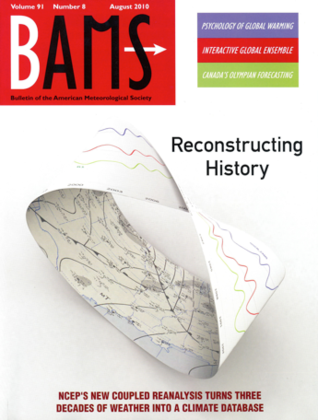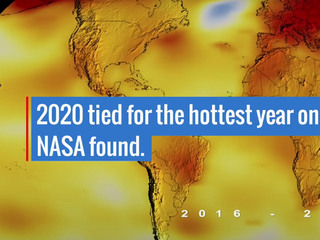News | September 23, 2010
Data from AIRS Included in New Coupled Global NCEP Reanalysis
The August 2010 issue of BAMS, the Bulletin of the American Meteorological Society, carries as its cover story the announcement that a new coupled global NCEP Reanalysis for the period of 1979 to the present is now available at much higher temporal and spatial resolution for climate studies.
Reanalysis is a method of constructing a high-quality climate data record that combines past observations from different sources to produce a picture of how Earth's weather and climate has evolved over time. Climate models require validation of the way they represent both weather and climatology—the typical variations associated with seasons and other climate variations. Climate model developers and users often use reanalysis developed by weather forecast and climate prediction centers as a form of validation.
This latest NCEP/NOAA comprehensive coupled climate analysis is a "replacement" for what was commonly referred to as the NCEP/NCAR reanalysis.
While the former reanalysis extended back to the 1950's, the new reanalysis is expected to be far superior in terms of the advances made since the 1995 time frame when the previous reanalysis was constructed. The new product includes a better model, higher resolution, more data input, better assimilation methodology, and an ocean and atmospheric analysis done in concert.
Notable is that nearly all the sources are from operational satellite systems, with one of the exceptions being the inclusion of data from AIRS, the Atmospheric Infrared Sounder on NASA's Aqua Satellite.
Duane Waliser, Chief Scientist of the Earth Science and Technology Directorate at NASA's Jet Propulsion Laboratory observes, "It is a credit to the AIRS mission to create products that contribute to weather forecast quality and to resources heavily used for climate analysis and climate model validation."
The NCEP Climate Forecast System Reanalysis
BAMS, Bulletin of the American Meteorological Society
Acronyms
NCEP: National Centers for Environmental Prediction







